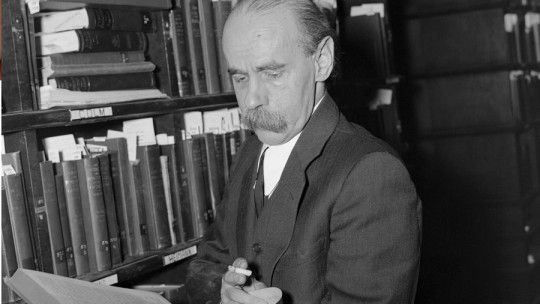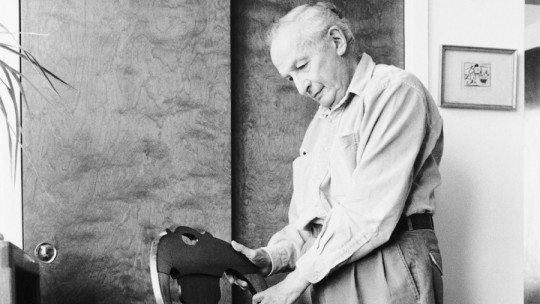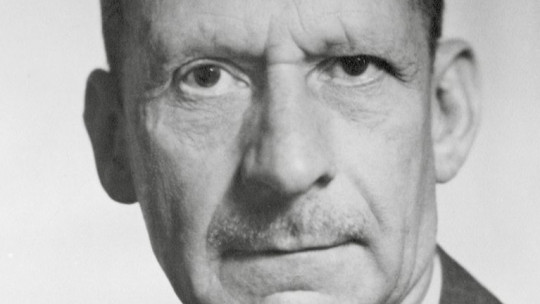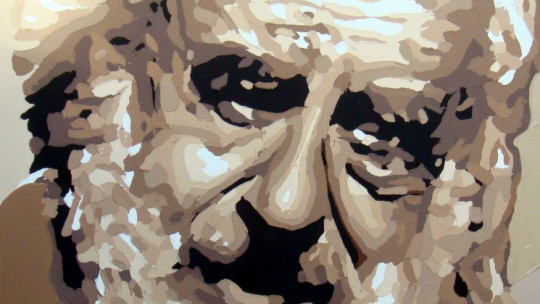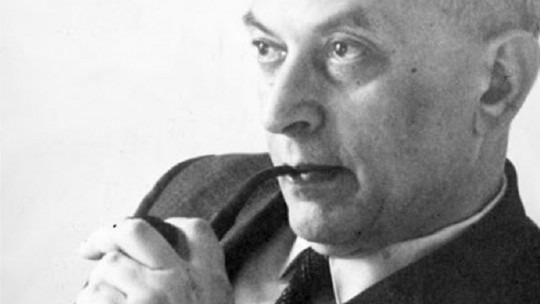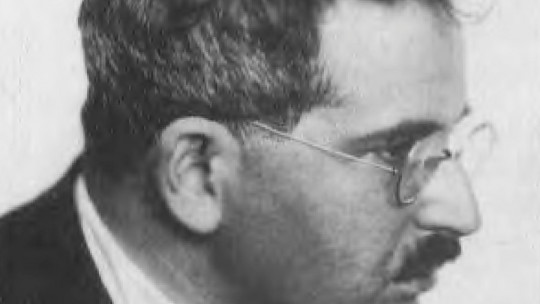The German psychologist Kurt Koffka He is widely known for helping, along with Wolfgang Köhler and Max Wertheimer, to establish the foundations of the Gestalt school.which in retrospect would be a fundamental precedent for the modern cognitive psychology as we understand it.

We briefly review his career and contributions to the history of psychology, paying special attention to his figure in the genesis of the Gestalt movement, inseparable from his other two companions but with his own personality, and the importance he gained in the face of the reductionism in force at the time. .
Kurt Koffka Biography
Koffka was born in Berlin in 1886, into a wealthy family known for being a long line of lawyers and legal scholars. Already at a young age, Koffka breaks with tradition and, instead of opting for a career in Law, he studies Philosophy at the University of Berlin.
Koffka felt that he belonged in this field and ended up earning a doctorate in 1908 His thesis, titled “Experimental Investigations of Rhythm,” is carried out under the tutelage of Carl Stumpf, an important representative of phenomenological psychology. During this time he lives in Edinburgh, which allows him to perfect his English and obtain an advantageous position with respect to his peers to be able to introduce his theories to English-speaking countries before anyone else.
After working in different psychology laboratories that question the dominant German elementalism, Koffka travels to Frankfurt and Main where he teams up with Köhler and a newly arrived Wertheimer with thousands of ideas about perception that could be tested in numerous experiments. These works would bear their first fruit in 1912, when Wertheimer published an article on the perception of movement that gave birth to the movement that constitutes the Gestalt school.
Several years later, after the First World War, he moved to the United States as a university professor and participated, together with Köhler in 1925, as a representative of the Gestalt movement in the conferences at Clark University, conferences in which figures had also participated years before. like Freud and Jung.
Koffka remained active as a university professor, researcher and writer until the end of his days in 1941.
Koffka’s contribution from Gestalt
It is impossible to talk about Koffka’s contribution without taking into account the unique collaboration that gave birth to the gestalt movement. The three names originally associated with it form an indissoluble triumvirate, and to some extent it is difficult to attribute particular aspects of the theory to each.
However, each of the three played a differentiated role in the group and made their own contribution, always from a common base and respect for the work of the other two.
In the context of a gestalt psychology that breaks with reductionism, which postulated that if psychology was a science then it should be able to reduce phenomena to constituent elements, Koffka is credited with a large body of empirical work
Probably his most famous contribution is the systematic application of Gestalt principles in his two best-known works: The Growth of the Mind (1921) and Principles of Gestalt Psychology (1935).
The child’s mind
In The Growth of the Mind, Koffka argues that early childhood experiences are organized as “wholes,” rather than the chaotic confusion of stimuli that William James says newborns perceive. As they grow, Koffka says, children learn to perceive stimuli in a more structured and differentiated way, rather than as a “whole.”
Koffka spends much of this book arguing against trial-and-error learning. He, through Köhler’s research, defends the insight. That is True learning occurs through understanding the situation and the elements that make it up , not finding the solution to a problem by pure chance. This revolutionary concept greatly contributed to the shift in the North American pedagogical approach from rote learning to comprehension learning.
Perception and memory
In Principles of Gestalt Psychology, Koffka continues with the line of research from which the Gestalt movement was originally born: visual perception In addition, it brings together the enormous amount of work carried out by the members of the gestalt group and their students and delves into topics such as learning and memory.
Koffka gives much importance to work on perceptual constancy, through which humans are able to perceive the properties of an object as constant, even if conditions such as perspective, distance or lighting change.
When talking about learning and memory, Koffka proposes a theory of traces. He assumes that each physical event experienced triggers a specific activity in the brain, which leaves a memory trace in the nervous system even though the stimulus is no longer present.
Once the memory trace is formed, all subsequent related experiences will involve an interaction between the memory process and the memory trace. This circularity where old traces affect new processes is reminiscent of Piaget’s theories, which together with Lev Vygotsky would become the foundation of constructivism.
Likewise, following this theory it also explains forgetting. He gives a very important role to the availability of traces, an idea that is surprising due to its similarity to the explanations we have today about memory.
It is undeniable that Koffka, as an individual and as founder of Gestalt, is a fundamental pillar of modern psychology Through both cognitivism and constructivism, we see his legacy reflected.


